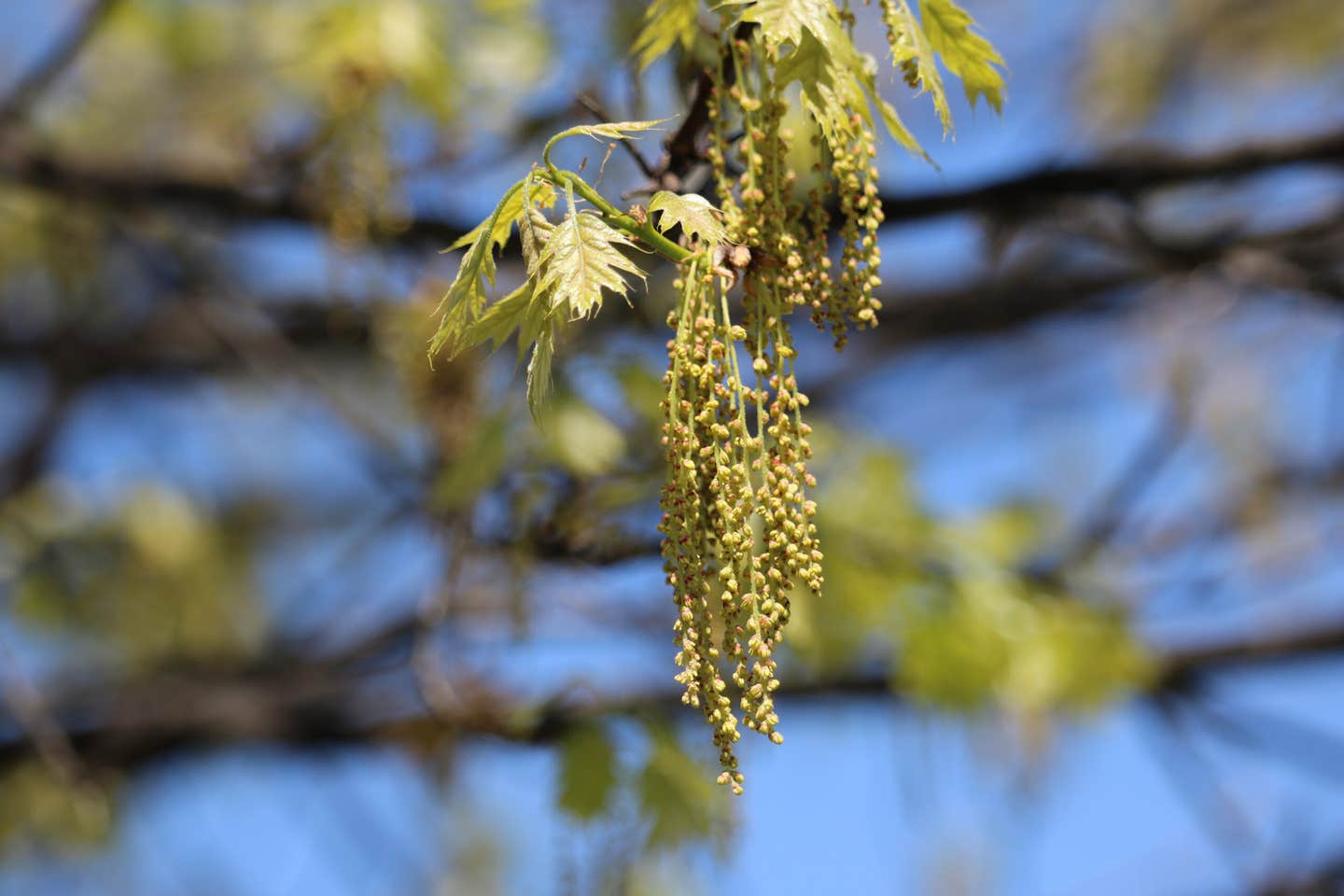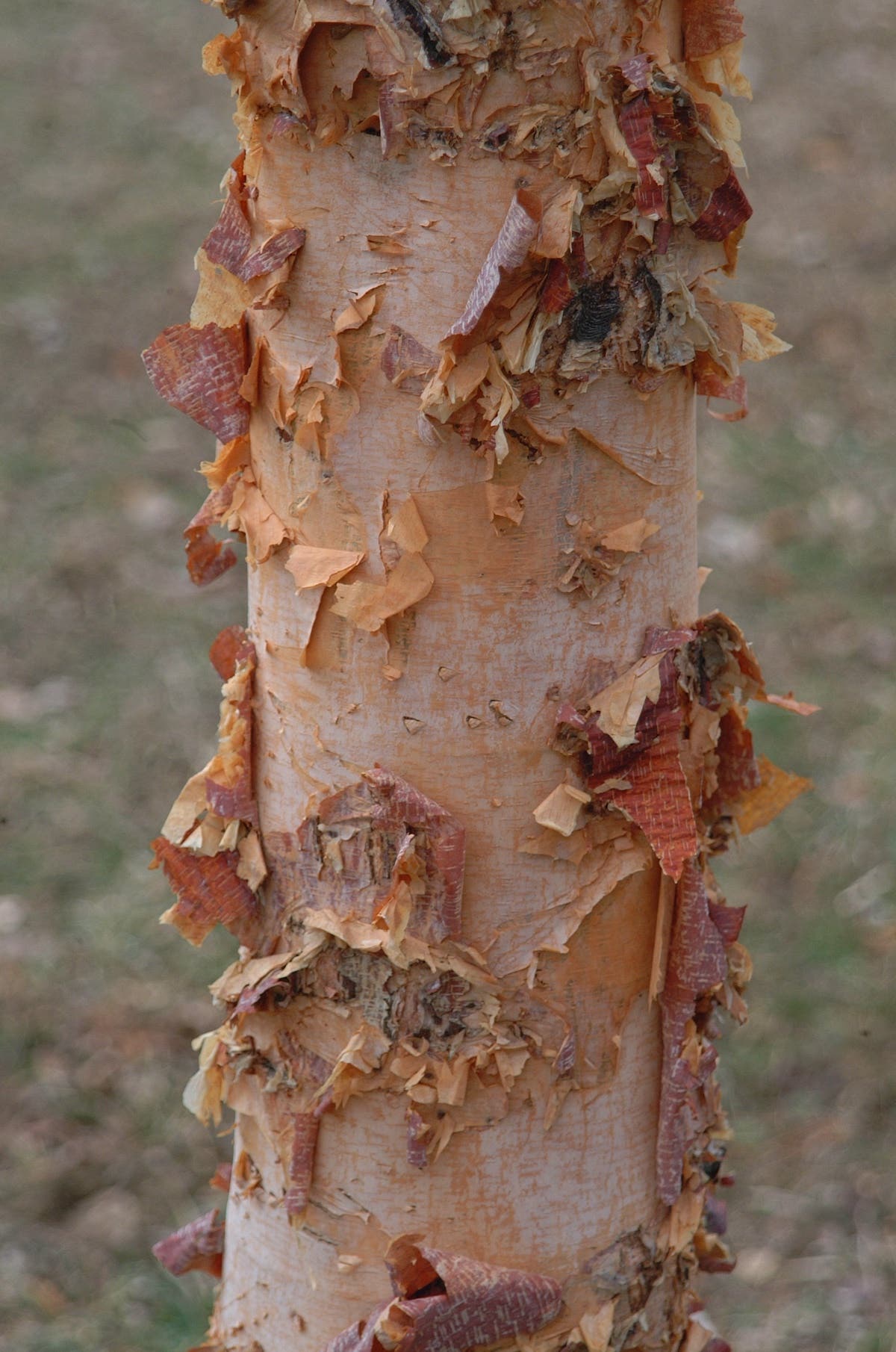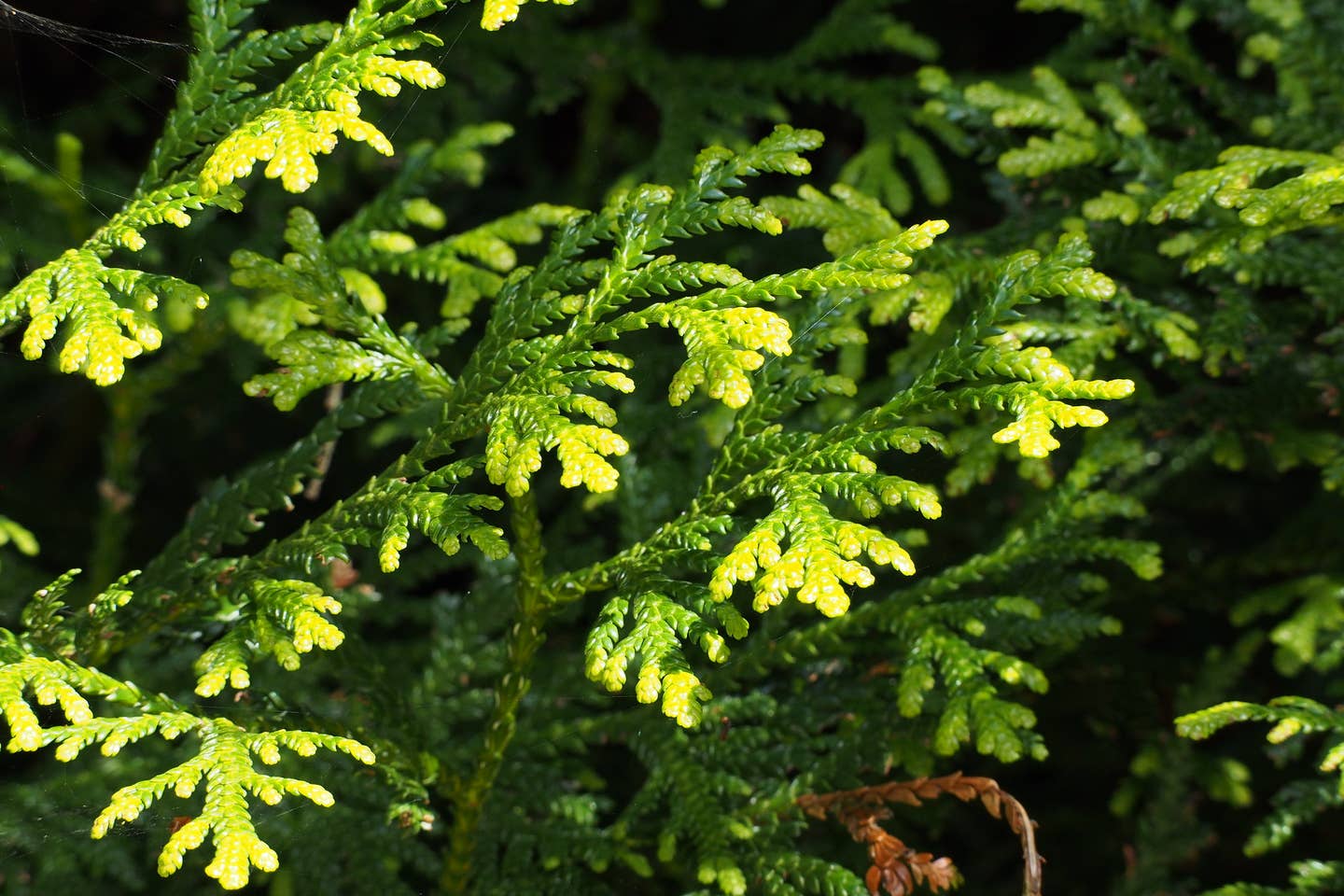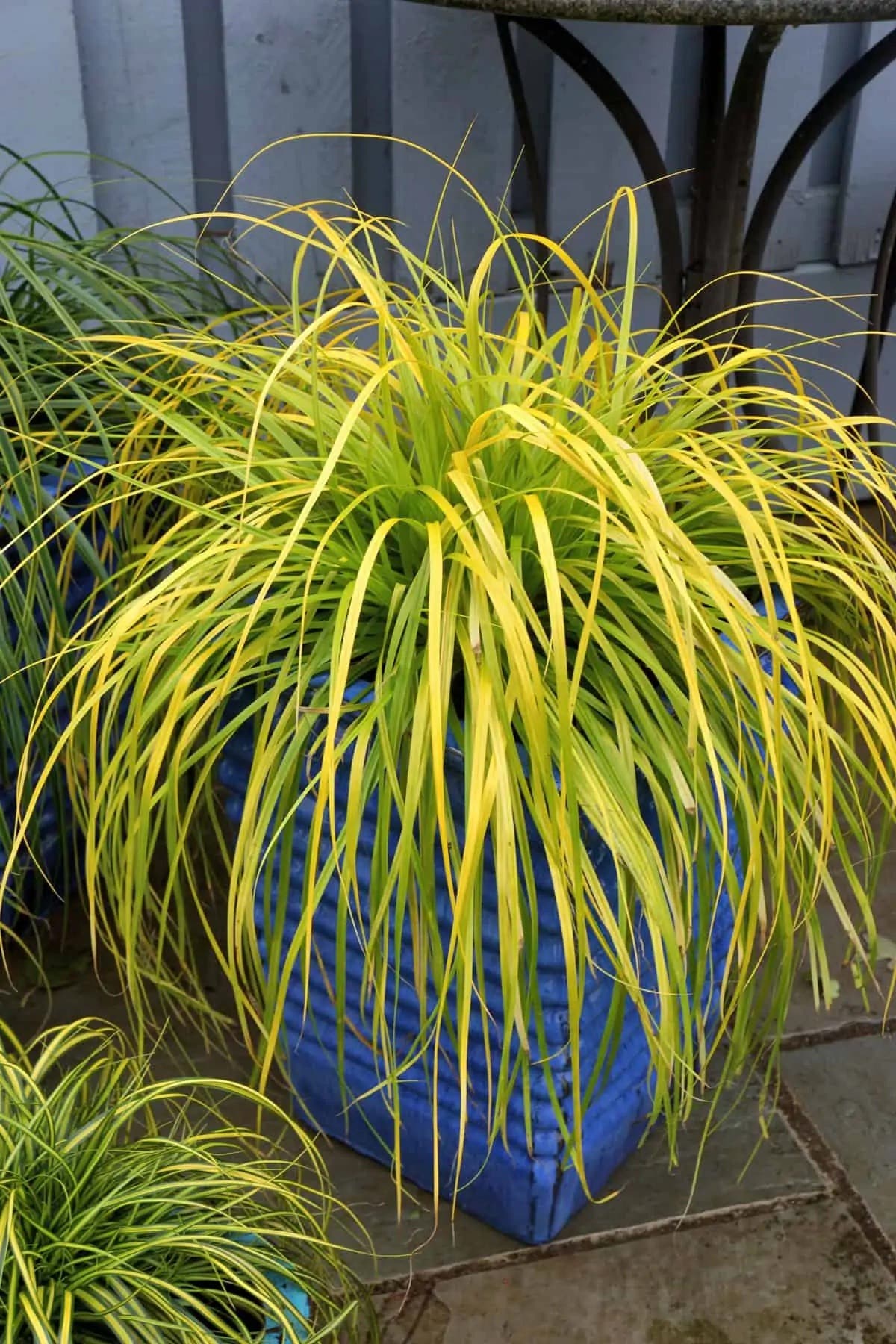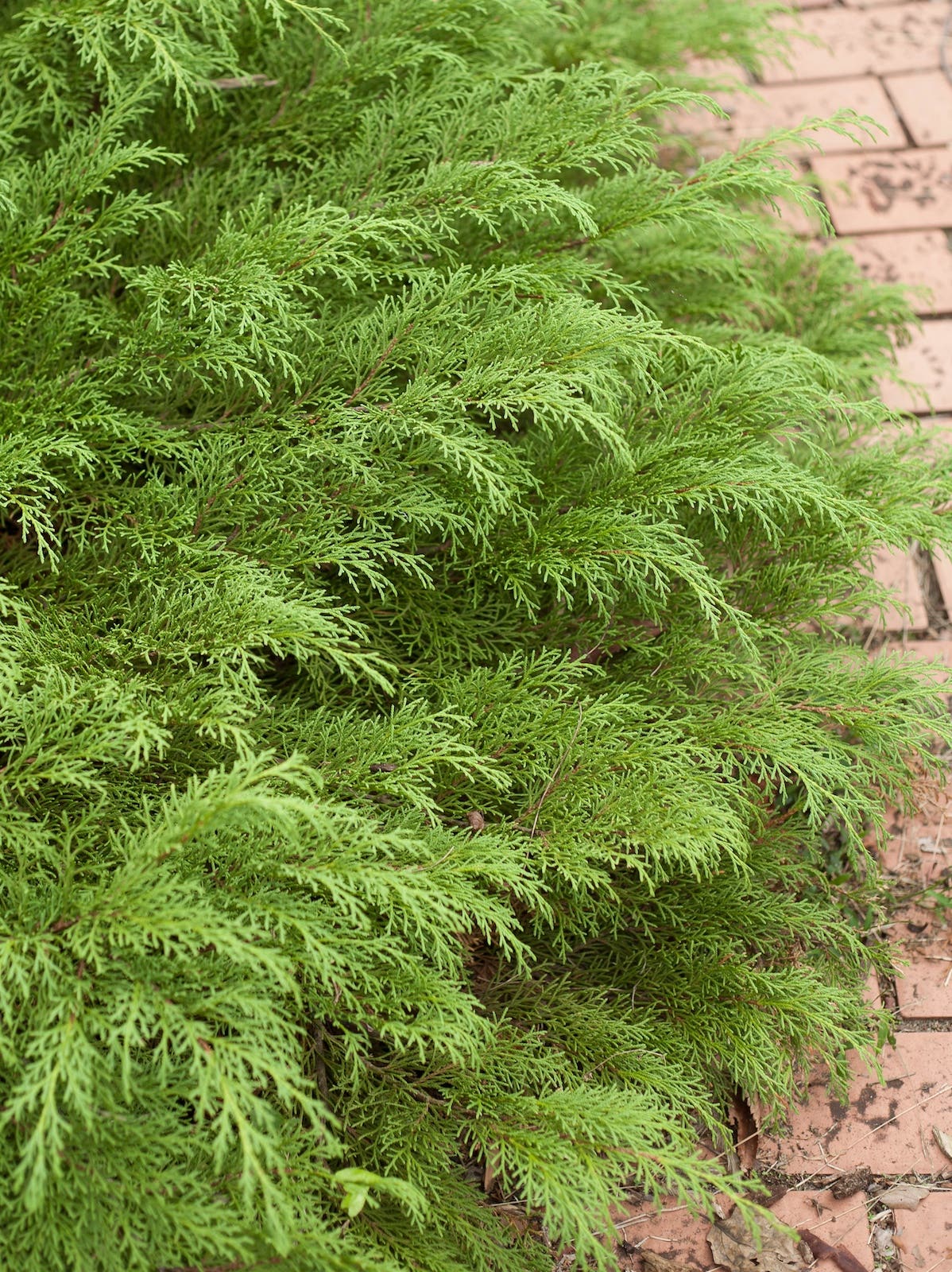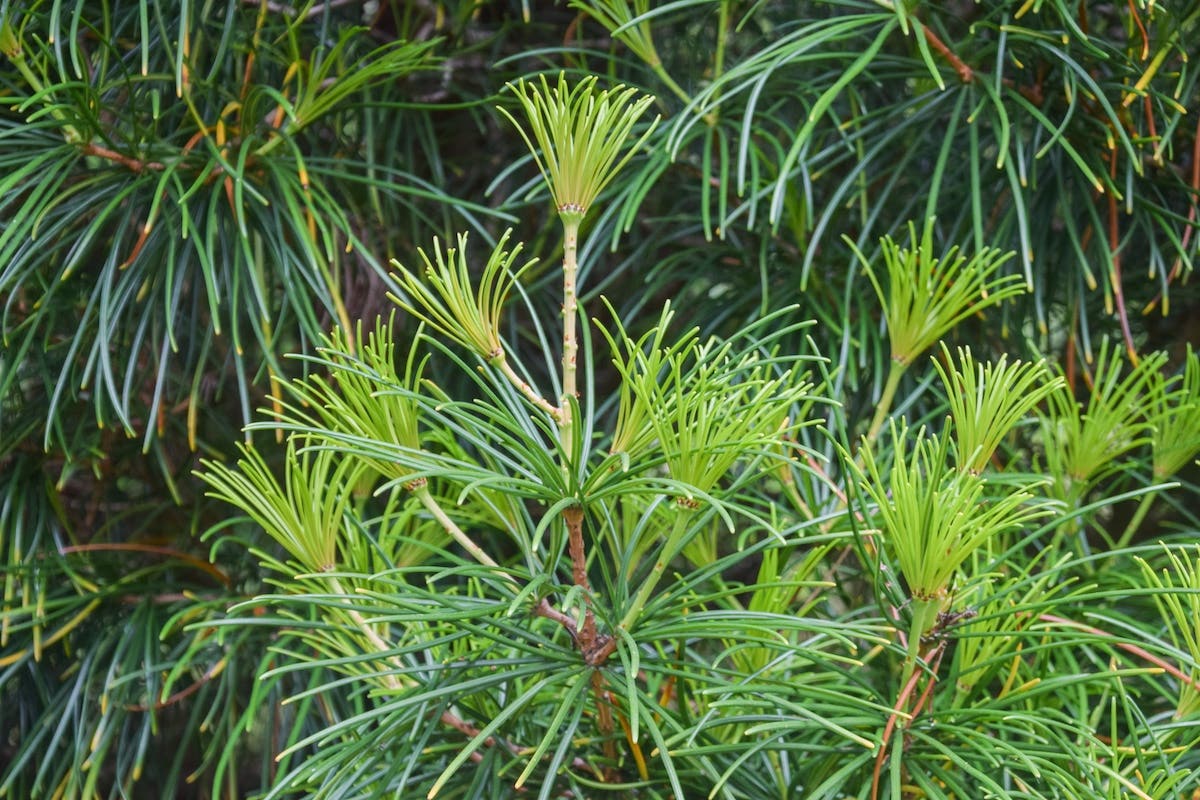I like seasonal celebrations of food, especially when the season is short. The thrill of ephemeral food-stuffs we gluttonously consume for a short time each year—eggnog, fresh chanterelle mushrooms and pomegranates to name a few, would evaporate if they became routinely available.
During a trip to Germany last year, in the flat rich soils near Hamburg, I arrived at the peak of white asparagus season, a vegetable called spargel in Deutsch. During the five days of my visit, I was treated to traditional family feasts, scrumptious breakfasts, lunch buffets and entire restaurant menus whose centerpiece cuisine were tender pure white stems harvested just hours before.
Intrigued by this near maniacal devotion to a culturally altered vegetable, I asked to be taken to a white-asparagus farm. The rich sandy loam soil had been mounded in late winter, allowing the soil to warm before any of the new shoots sprouted. As we walked the rows, migrant workers scoured the rows for emerging shoots. Seeing a slight bump in the soil profile, the men and women quickly dispense of the shoot with long, narrow knife trowels. These cut shoots are immediately covered to prevent any sunlight from falling upon them. Any greening of any portion of the stem will make it less tender, more bitter and completely unsalable.
I can’t think of any other commonly eaten vegetable in western cuisine that’s comprised entirely of new stem growth, except for bamboo. Asparagas officinalis, native to Western Europe and the Mediterranean, has one of the longest recorded histories of culinary appreciation in Europe, with a recipe for its preparation in Apicius’ third-century De re Coquinaria. Taxonomically found in the Asparagaceae, closely allied to the lilies, the needlelike foliage of a fully grown individual are not leaves at all, but flattened photosynthesizing stems known as cladodes.
Some might argue that without exposure to the sun, the green goodness of this vegetable is absent. This may be true, which is why I took such great pleasure in adding the nutritive supplements of butter, cream and egg yolks in many of the dishes I consumed. White asparagus is available in some specialty food stores in the United States, more frequently found in cans.
Oh, and the answer to that question is a definite yes, with an average time of 16 minutes, 37 seconds between eating it and its olfactory expression, if you are within the 40 percent of the population who can detect it.


